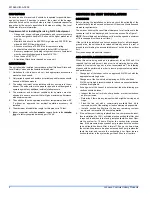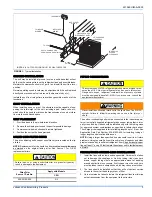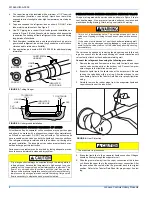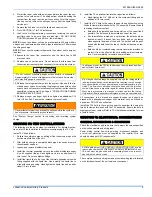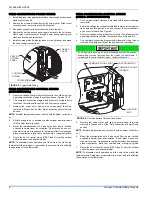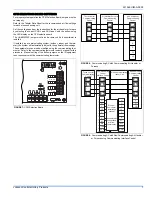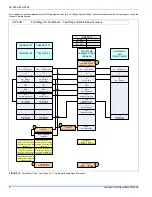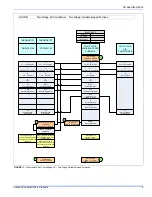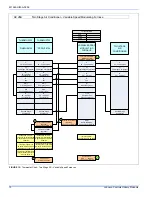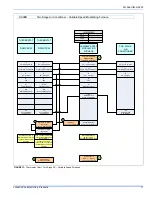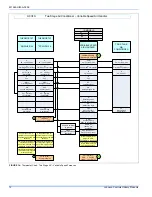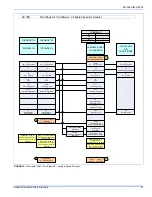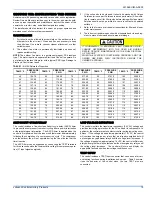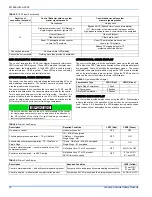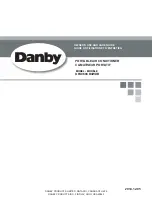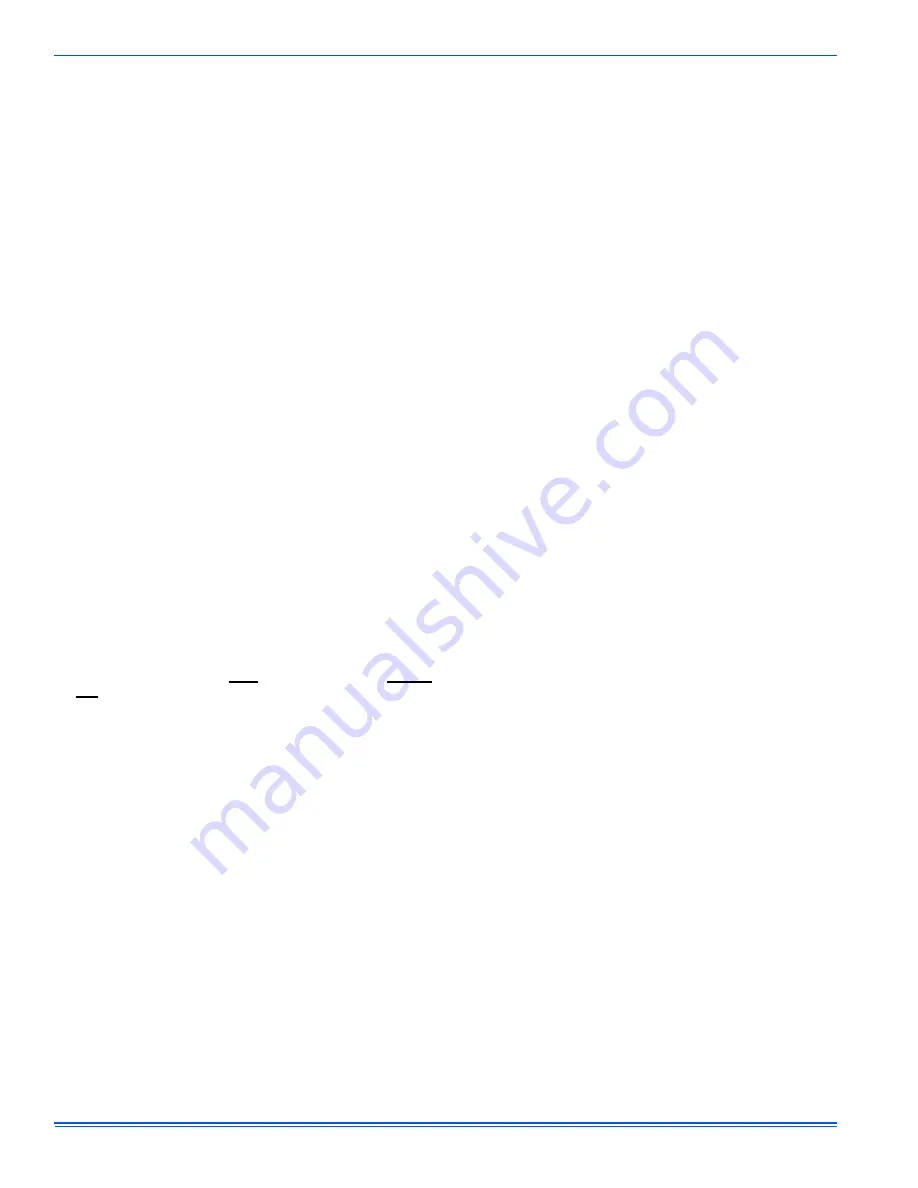
501562-UIM-A-0909
2
Johnson Controls Unitary Products
INSPECTION
As soon as a unit is received, it should be inspected for possible dam-
age during transit. If damage is evident, the extent of the damage
should be noted on the carrier’s delivery receipt. A separate request for
inspection by the carrier’s agent should be made in writing. See Local
Distributor for more information.
Requirements For Installing/Servicing R-410A Equipment
•
Gauge sets, hoses, refrigerant containers, and recovery systems
must be designed to handle POE oils and the higher pressures of
R-410A.
•
Manifold sets should be 800 PSIG high side and 250 PSIG low
side with 550 PSIG low side retard.
•
All hoses must have a 700 PSIG service pressure rating.
•
Leak detectors should be designed to detect HFC refrigerant.
•
Recovery equipment (including refrigerant recovery containers)
must be specifically designed to handle R-410A.
•
Do not use an R-22 TXV.
•
A liquid-line filter drier is required on every unit.
LIMITATIONS
The unit should be installed in accordance with all National, State, and
Local Safety Codes and the limitations listed below:
1.
Limitations for the indoor unit, coil, and appropriate accessories
must also be observed.
2.
Only variable speed air handlers or variable speed furnaces should
be used with these models.
3.
The outdoor unit must not be installed with any duct work in the air
stream. The outdoor fan is the propeller type and is not designed to
operate against any additional external static pressure.
4.
The maximum and minimum conditions for operation must be
observed to ensure a system that will give maximum performance
with minimum service.
5.
The unit should not be operated at outdoor temperatures below 60°
F without an approved low ambient operation accessory kit
installed.
6.
The maximum allowable line length for this product is 75 feet.
7.
Indoor evaporator coil orifice
must
be removed prior to the
installa-
tion
of a factory supplied balanced port TXV kit.
SECTION III: UNIT INSTALLATION
LOCATION
Before starting the installation, select and check the suitability of the
location for both the indoor and outdoor unit. Observe all limitations and
clearance requirements.
The outdoor unit must have sufficient clearance for air entrance to the
condenser coil, for air discharge, and for service access. See Figure 1.
NOTE:
For multiple unit installations, units must be spaced a minimum
of 18 inches apart (coil face to coil face.).
If the unit is to be installed on a hot sun exposed roof or a black-topped
ground area, the unit should be raised sufficiently above the roof or
ground to avoid taking the accumulated layer of hot air into the outdoor
unit.
Provide an adequate structural support.
ADD-ON REPLACEMENT/RETROFIT
When this unit is being used as a replacement for an R-22 unit, it is
required that the outdoor unit, indoor coil, and metering device all be
replaced. Line-set change out is also recommended. The following
steps should be performed in order to insure proper system operation
and performance.
1.
Change-out of the indoor coil to an approved R-410A coil with the
appropriate metering device.
2.
Change-out of the line-set when replacing an R-22 unit with an
R-410A unit is highly recommended to reduce cross-contamination
of oils and refrigerants.
3.
If change-out of the line set is not practical, then the following pre-
cautions should be taken.
•
Inspect the line set for kinks, sharp bends, or other restrictions,
and for corrosion.
•
Determine if there are any low spots which might be serving as oil
traps.
•
Flush the line set with a commercially available flush kit to
remove as much of the existing oil and contaminants as possible.
•
Install a suction line filter-drier to trap any remaining contami-
nants, and remove after 50 hours of operation.
4.
If the outdoor unit is being replaced due to a compressor burnout,
then installation of a 100% activated alumina suction-line filter drier
is required, in addition to the factory installed liquid-line drier. Oper-
ate the system for 10 hours. Monitor the suction drier pressure
drop. If the pressure drop exceeds 3 psig, replace both the suction-
line and liquid-line driers. After a total of 10 hours run time where
the suction-line pressure drop has not exceeded 3 psig, replace the
liquid line drier, and remove the suction-line drier. Never leave a
suction-line drier in the system longer than 50 hours of run time.


